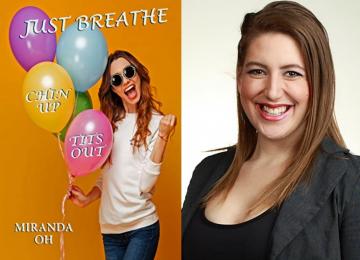Knights of Art
Book Excerpt
ST. JAMES. BY ANDREA DEL SARTO. `The kind strong hand of the saint is placed lovingly beneath the little chin,' Uffizi Gallery, Florence.
CHERUB. BY GIOV. BELLINI, `Giovanni's angels are little human boys with grave sweet faces,' Church of the Frari, Venice.
ST. TRYPHONIUS AND THE BASILISK. BY CARPACCIO, `The little boy saint has folded his hands together and looks upward in prayer,' S. Giorgio Schiavari, Venice.
THE LITTLE VIRGIN. BY TITIAN, `The little maid is all alone,' Academia, Venice.
THE LITTLE ST. JOHN. BY VERONESE, THE MADONNA ENTHRONED. `The little St. John with the skin thrown over his bare shoulder and the cross in his hand,' Academia, Florence.
IN MONOCHROME
RELIEF IN MARBLE BY GIOTTO, `The shepherd sitting under his tent, with the sheep in front,' Campanile, Florence.
DRAWING BY MASACCIO, `His
Editor's choice
(view all)Popular books in Young Readers, History, Art
Readers reviews
The life histories of Italian painters in this book are based on Giorgio Vasari's 'Vite de' più eccellenti architetti, pittori, et scultori italiani, da Cimabue insino a' tempi nostri' (= 'Lives of the Most Eminent Painters, Sculptors, and Architects'), first published in 1550. Vasari did not do any research and his life-histories of artists are for a big part made-up by himself. The biographies of his contemparies are thought to be more reliable.
Because this book by Amy Steedman is based on Vasari it is full of anecdotes and gossip and is not reliable. If you want to know more about Italian artists, you want to know that what you're reading is true, and not just a mix of myths and truth, as this book is. Not everything that is written in this book is wrong, the problem is you need to differentiate between fictive and truthful; to make this differentiation you will need another book, one that does have the facts correct. Much better to get a reliable book from the start instead of this one by Steedman.
For example, if you just look at the dates of birth and death of the painters given in this book, you will find many mistakes:
-the year of birth of Giotto stated by Steedman is 1276, but it is not known whether he was born in 1266 or 1267;
-Fra Angelico was not born in 1387 as Vasari and Amy Steedman claim: Fra Angelico was born circa 1395;
-Fra Angelico did not die in 1466 as this book claims, he died on the 18th of February 1455.
-Fra filippo Lippi was not born in 1412 but in 1406;
-Sandro Botticelli was not born in 1446 but in 1445 (and he did not die in 1610 (!) but in 1510);
-Filippino Lippi was born circa 1457, not in 1467 (and he did not die in 1604, but in 1504);
-Pietro Perugino was born c. 1446/1450, so it is not correct claiming he was born in 1446, this is possible but not sure;
–Pietro Perugino died in 1523, not in 1624;
-Leonarde da Vinci lived from April 15, 1452 – May 2, 1519, not from 1462 till 1619;
-Raphaels year of birth is correct, his year of death is 1520, not 1620;
-Michelangelo lived from 6 March 1475 – 18 February 1564, and not 1476-1664;
-Andrea del Sarto lived 1486–1530, not 1487-1631;
-Giovanni Bellini c. 1430–1516, not 1426 - 1616;
-Vittore Carpaccio c. 1465 – 1525/1526, not 1470?-1619;
-Giorgione, born Giorgio Barbarelli da Castelfranco, lived form circa 1477/1478 – 1510, and not from 1477-1676;
-The correct date (or even year) of birth of Titian is still hotly debated among art-histrorians, years mentioned: c. 1488/1490, 1477, 1490. Most art-historians think circa 1488/1490 is correct. So the 1477 mentioned in this book is a minority view. Titian died in 1576, not in 1667;
-Tintoretto (real name Jacopo Comin) lived form 29th of september 1518 till 31st of May 1594, and not from 1662-1632 (sic!).
Above are just the mistakes in the dates of birth and death, imagine how many more mistakes there are in this book.
The contents of this book (can be found at location 29-60):
ABOUT THIS BOOK (introdruction by the author)
GIOTTO, . . . BORN 1276, DIED 1337
FRA ANGELICO, . . " 1387, " 1466
MASACCIO, . . . " 1401, " 1428
FRA FILIPPO LIPPI,. . " 1412, " 1469
SANDRO BOTTICELLI,. . " 1446, " 1610
DOMENICO GHIRLANDAIO, " 1449, " 1494
FILIPPINO LIP . . " 1467, " 1604
PIETRO PERUGINO, . " 1446, " 1624
LEONARDO DA VINCI,. . " 1462, " 1619
RAPHAEL, . . . " 1483, " 1620
MICHELANGELO, . . " 1476, " 1664
ANDREA DEL SARTO, . " 1487, " 1631
GIOVANNI BELLINI, . " 1426, " 1616
VITTORE CARPACCIO,. . " 1470? " 1619
GIORGIONE, . . " 1477? " 1610
TITIAN, . . . " 1477, " 1676
TINTORETTO, . . " 1662, " 1637
PAUL VERONESE, . . " 1628, " 1688
As a sample of the way of writing I will copy two bits from the chapter on Michelangelo (location 1259 and location 1273) below. If all the mistakes in this book has not made you decline this book yet, than the style of writing might.
(Lodovico Buonarroti was the father of Michelangelo.)
[...]
Now the day on which the baby was born happened to be not only a
Sunday, but also a morning when the stars were especially favourable.
So the wise men declared that some heavenly virtue was sure to belong
to a child born at that particular time, and without hesitation
Lodovico determined to call his little son Michael Angelo, after the
archangel Michael. Surely that was a name splendid enough to adorn any
great career.
[...]
...when he was fourteen years old, Michelangelo was sent to study as a pupil in the
studio of Master Ghirlandaio.
It was just at the time when Ghirlandaio was painting the frescoes of
the chapel in Santa Maria Novella, and Michelangelo learned many
lessons as he watched the master at work, or even helped with the less
important parts.
But it was like placing an eagle in a hawk's nest. The young eagle
quickly learned to soar far higher than the hawk could do, and ere long
began to 'sweep the skies alone.'
[...]
- Upvote (0)
- Downvote (0)
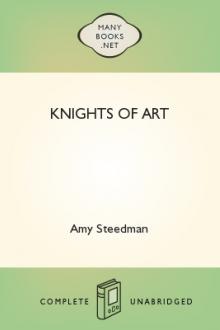
 Free Download
Free Download











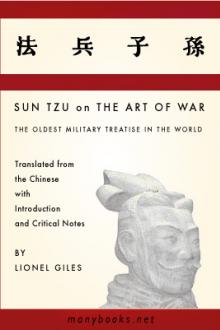
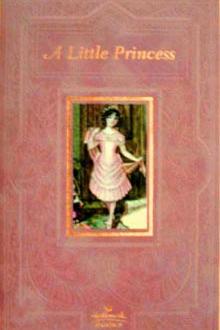
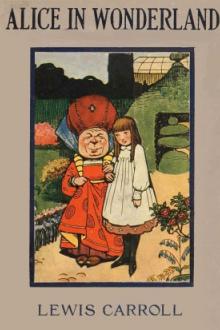
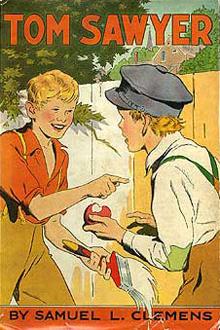
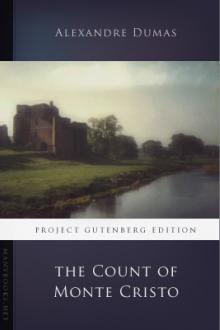
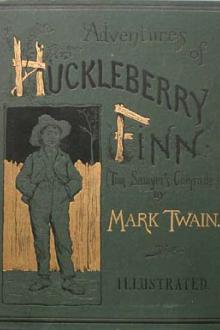
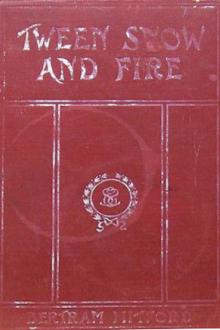
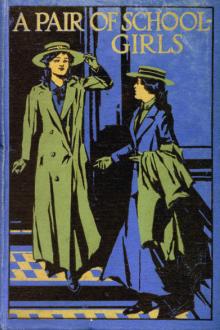
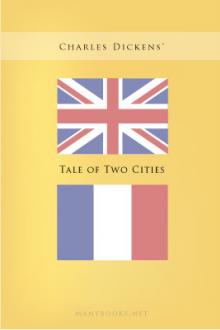
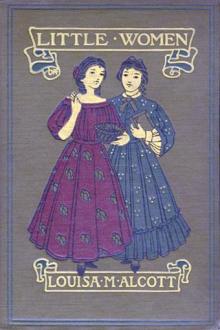
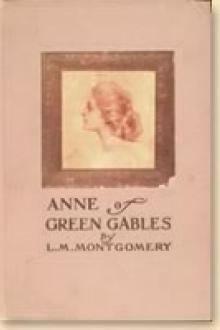
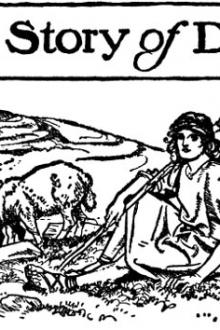
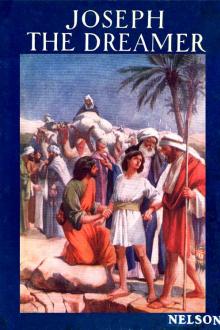

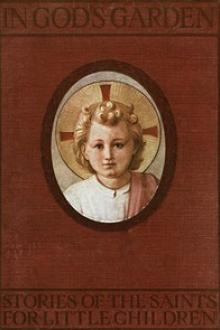
-itok=vcKIB5v1.jpg)
